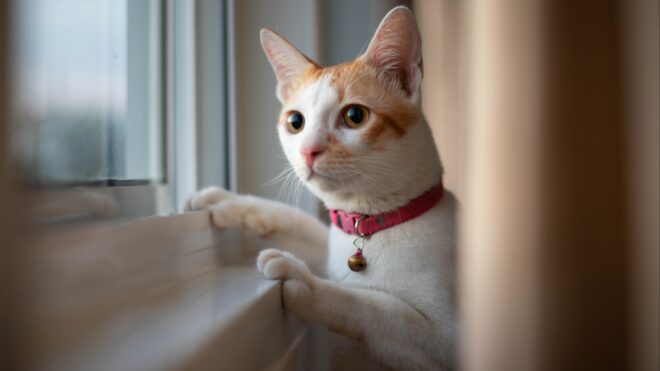
There are plenty of things new puppies need to learn during their training. You teach them to do their business outside. You get them used to following commands. You let them know that they can’t chew up your furniture. And if you want to use a crate, you train your pup to get used to it.
While most dog owners know that taking their dogs out for regular walks is a necessity, they often don’t anticipate how tricky it can be to get their puppies used to walking on a leash. Some dogs naturally take to being led around at the end of a loose tether, while others are confused by the restraint and react in ways that are difficult to control.
If you have a leash-reactive dog, it can potentially be dangerous to your puppy, yourself, or anyone (animal or human) that you come across while out in the world. To make sure that your dog does his best on each walk, here are a few tips on how to deal with a puppy who has leash reactivity.
What Is Leash Reactivity?
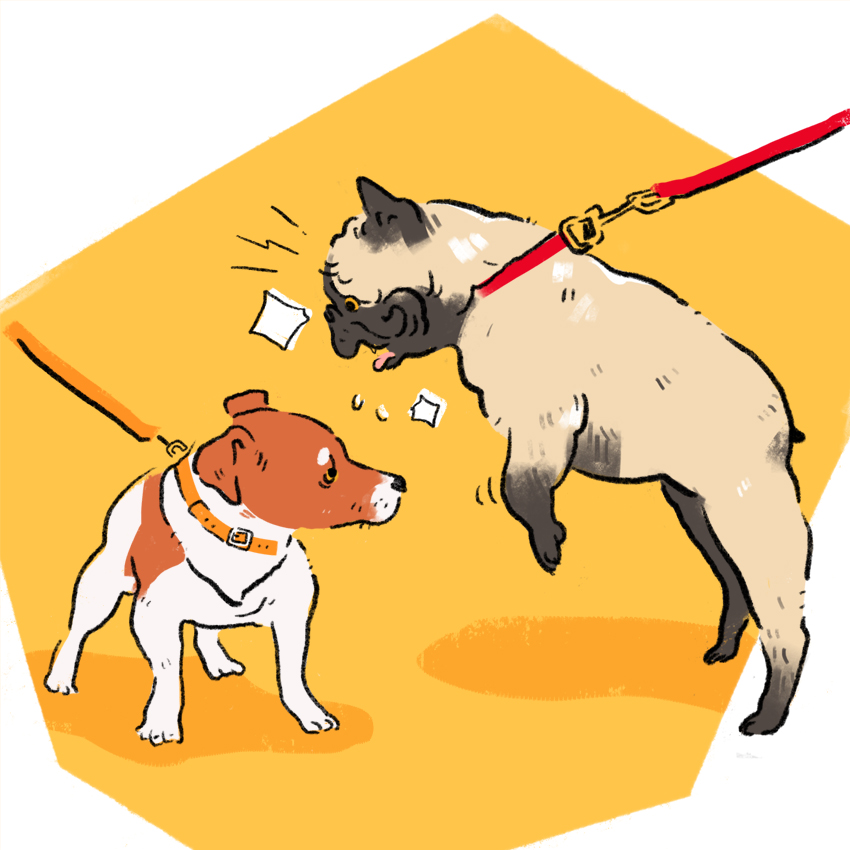
Leash reactivity is a term used to describe how dogs react when on a leash, specifically when they behave aggressively toward other dogs and/or people while leashed. A leash-reactive dog may display behaviors like excessive pulling, barking, jumping, and lunging.
What Causes Leash Reactivity?
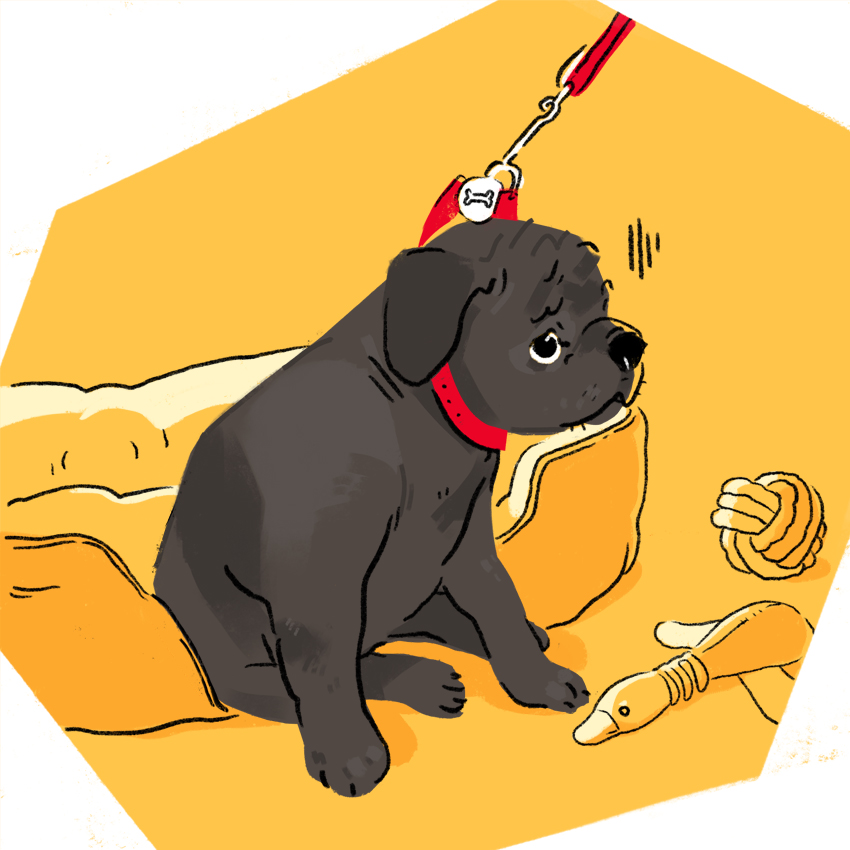
If your dog is behaving poorly while on a leash, there could be several causes. Naturally, dogs want to approach what they find interesting and escape what they fear, but being on a leash forces dogs into situations that are out of their control, which can result in erratic behavior.
The leash also takes away your dog’s flight response to overwhelming situations. Because of this, your puppy might compensate by putting on an overly aggressive act to ward off potential threats.
Your puppy might also simply be annoyed or confused by the unfamiliar leash, and that frustration can result in pulling, barking, and lashing out at other dogs, people, or you.
Don’t Stress Yourself (or Your Puppy) Out, and Don’t Punish Your Puppy
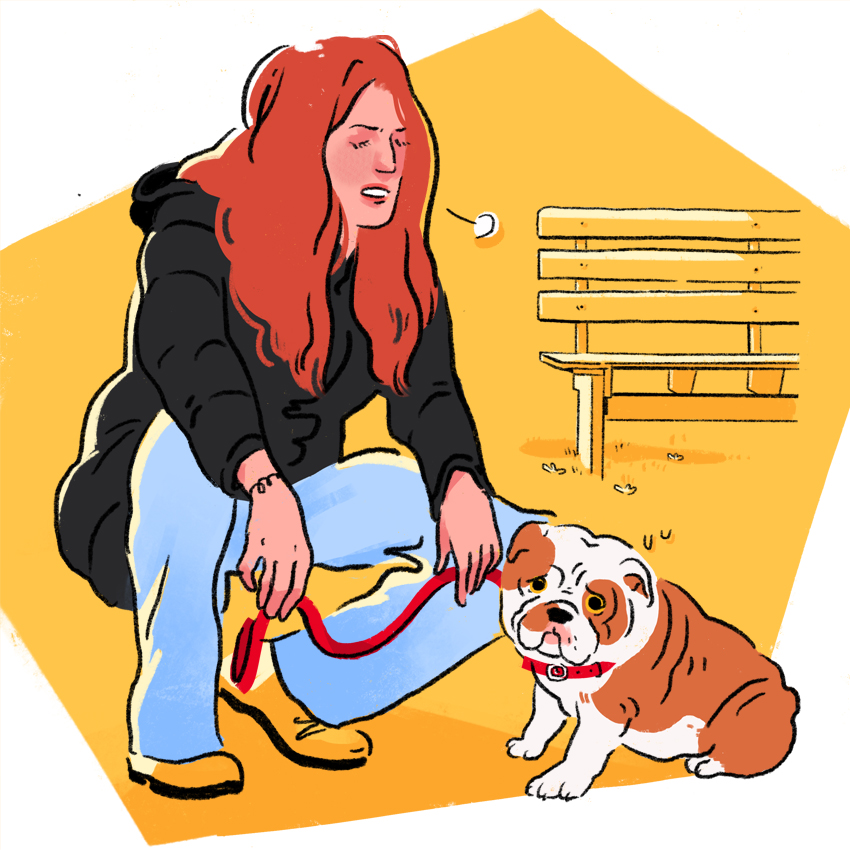
Dogs are very perceptive and sensitive to your reactions and treatment of them, so try to reduce their stress by keeping their outdoor time engaging and positive.
You are the leader on the walk, so try not to display nervous behavior that your dog might pick up on — this might lead your puppy to believe that there is trouble, which could cause reverting to panicked aggression.
Also keep in mind that punishing your leash-reactive dog for being scared will only increase that fear, so don’t be rough on the leash and don’t let frustration get the better of you.
Pay Attention to Your Puppy’s Body Language, and Figure Out the Triggers
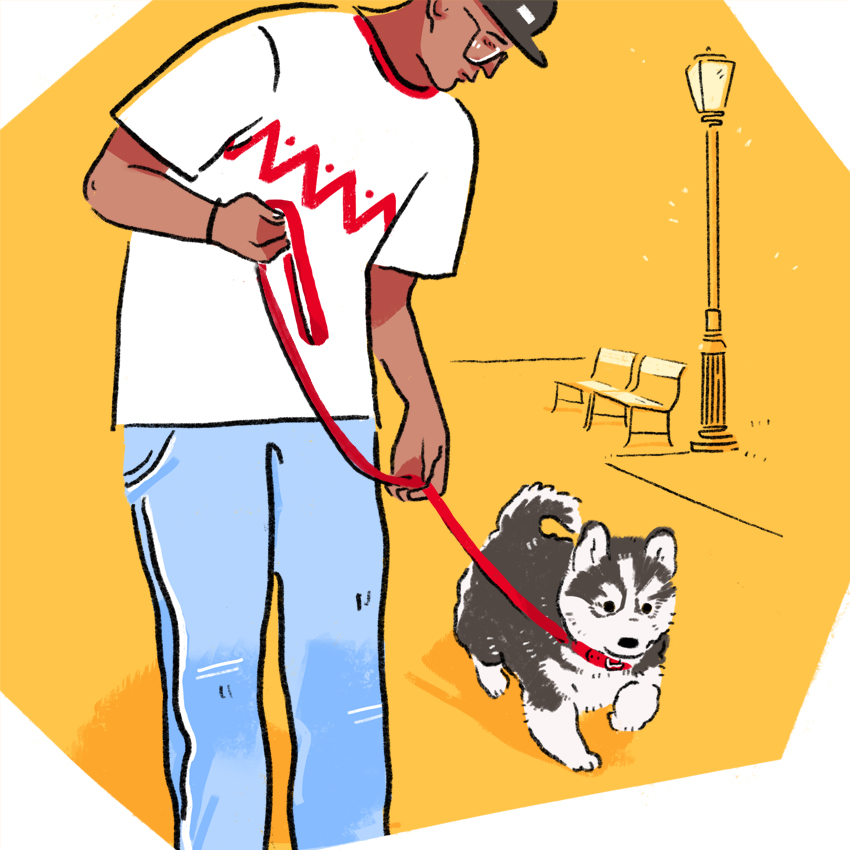
To find out the causes of your dog’s stress, try to note the signals your puppy is sending.
How is your dog’s posture when you walk? If your puppy’s shoulders, ears, and mouth are relaxed and he’ll take treats without hesitation, then you know your dog is in a relaxed state. But if he has a stiff posture with a rigid tail and perked-up ears, then look around to see what's causing that stress.
Make sure to document any of your dog's triggers and use that knowledge on your next outing to avoid possible issues.
Reward Your Puppy for Eye Contact and Good Behavior

If your dog has leash reactivity, keep your walks relaxed, and reward your puppy for good behavior, like making eye contact with you.
When your pup looks up at you, smile or talk in a positive tone and even offer a treat to let him know that he should focus on you.
Your dog looks to you to gauge the situation, so let him know that checking in with you to check your mood before potentially freaking out is a good thing.
Use a Harness Instead of a Collar

It’s common for puppies with leash reactivity to pull and lunge, and that can be harmful to their neck and trachea, as well as other areas of their tiny bodies. Some risks dogs run into from excessive leash pulling are a tracheal collapse, laryngeal paralysis, whiplash, and neck trauma. Ouch!
To save your dog from possible harm, try using a harness instead of a collar. A harness disperses pressure across your dog’s chest, which keeps any strain off the back and neck. A harness can also help you control your leash-reactive dog more effectively, by keeping him restrained without painful consequences.
Use U-Turns While Walking
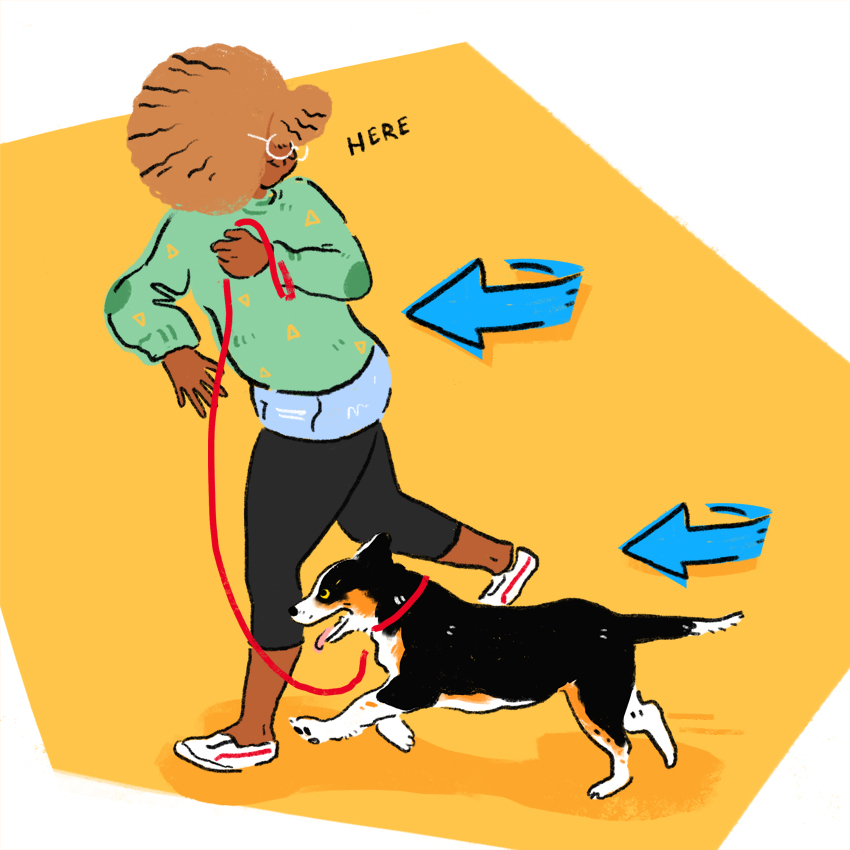
The U-turn method is exactly what it sounds like. If you are approaching what might be a reactive situation for your puppy, simply turn around and head in a different direction. You can use the treat/eye-contact trick to keep his focus on you as you turn or toss a treat in the direction that you want to go.
Just like any training with your puppy, this takes practice. Start in nonstressful situations. Walk at a brisk pace to make your dog feel comfortable and engaged. After a few minutes, slow down. Your puppy should check in with you to assess the situation, which is when you’ll want to offer reassurance.
Gradually make your turns bigger and withhold the treat a little longer each time until you can make the full turn with no issues. After you can make the U-turn with ease, use it to get away from triggers.
On top of helping you and your dog deal with stressful situations, the U-turn can teach your puppy that he can trust you to take control in stressful situations and get you both to safety.
Provide Your Puppy With Space

Training a leash-reactive puppy takes time and patience. Stay calm and know that your dog feels your stress coming right down that leash.
Give your dog space and time to adapt to the new techniques you are using. Your dog is scared, which is why he is reacting so wildly, so provide a comfortable environment and be in control while you get your dog through triggering moments.
Avoid Walking in Busy Times and Areas
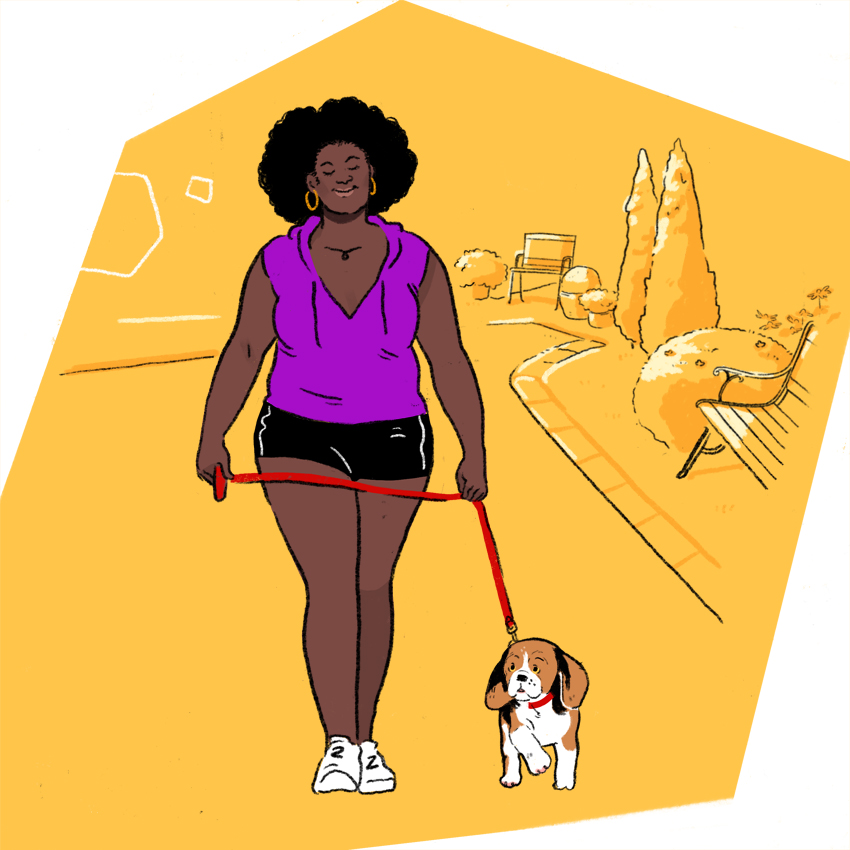
To keep your walks calm while you’re training, avoid both busy times and areas. Instead of throwing your dog headfirst into situations that could be overwhelming, go for quiet nature walks or to places you know will not be overpopulated with stress hazards.
A trip to the dog park might not be in the cards when you begin training a leash-reactive dog. By avoiding puppy rush hour during your walks, it might also help your dog to keep his focus on you (and not a million triggers at once).
You May Have to Try Medication
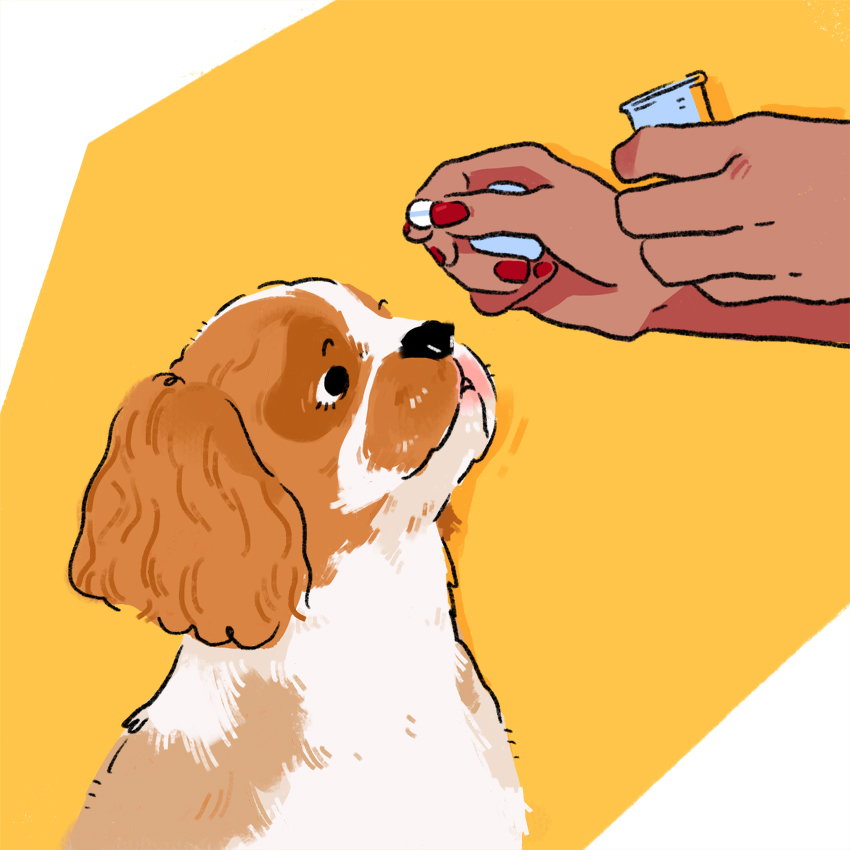
If you find that the problem with your dog is a little more serious, it might be time to talk to your puppy’s veterinarian about medication. Don’t feel defeated! Dogs deal with mental health issues just like humans do, and there might be treatments available to help your puppy get over his fears.
With your dog’s vet, you can discuss medication for anxiety, treatment for depression, or even something stronger. Whatever route you choose, it helps to really look at your dog’s situation and get as much information as possible before putting a plan into action.
Track Your Puppy’s Leash Reactivity Progress
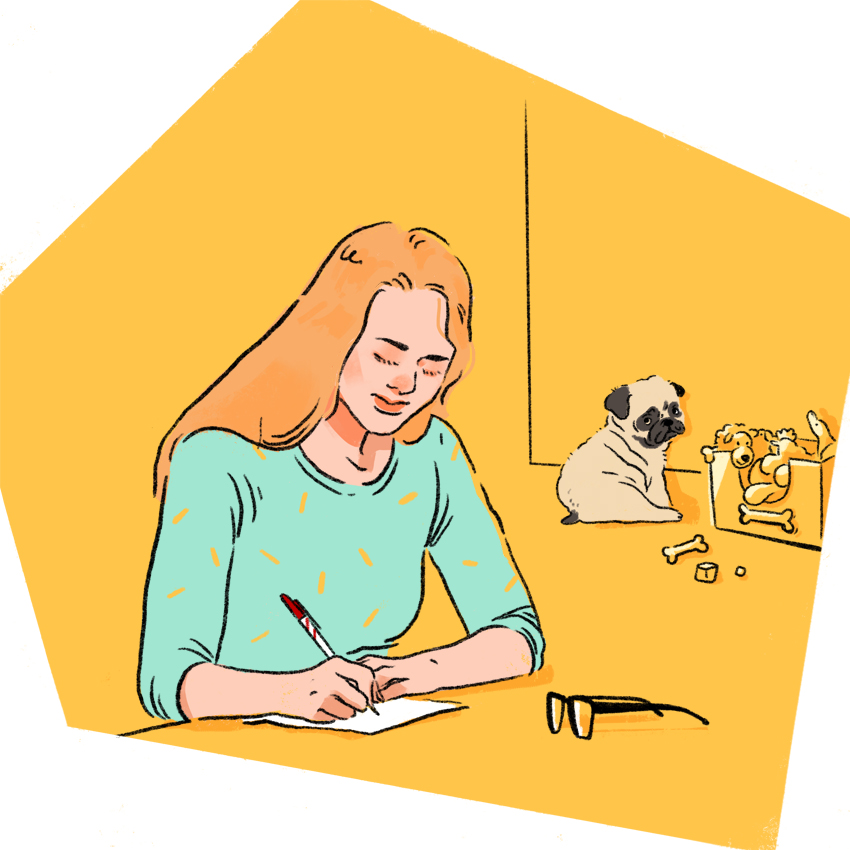
Keeping detailed notes about how your dog is progressing with leash reactivity training can not only help pinpoint issues when they arise but also show you whether or not you’re on the right track.
By tracking the training process, you’ll have notes on possible triggers your dog might have encountered, which routes or areas to avoid, and which methods are or aren’t working — all of this can help with the overall process.
You and your dog are bound to have good days and bad days, so make sure to praise the little accomplishments and don’t stress over any setbacks.
Use a Color-Coded Leash While Training Your Dog
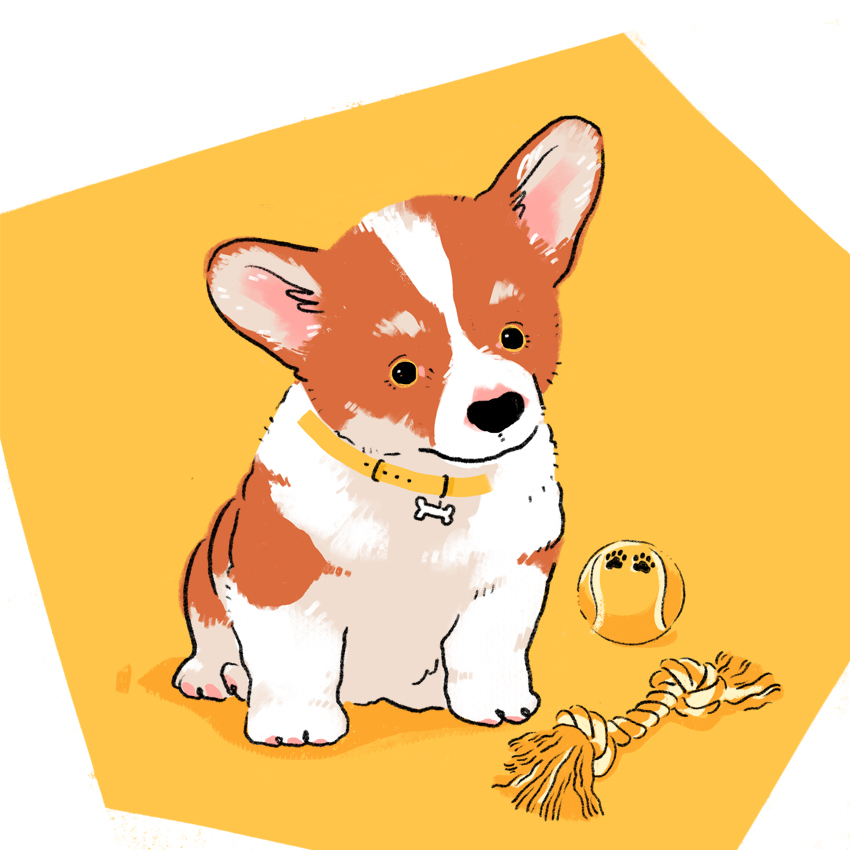
Using a color-coded leash is a great way to alert people to your dog’s temperament from a safe distance. Red and yellow collars are probably the most common colors you’ll see. A red leash on a dog lets people know that this pup needs space and might be aggressive, whereas a yellow leash signifies that the dog may be nervous or just recovering from surgery but still needs some room.
Green (friendly), blue (training/service dog), white (deaf/blind), orange (people yes, dogs no), and purple (don’t feed) are some other colors you might see on your daily walks.
And the color-coded system doesn't limit itself to just leashes. You can use a scarf or bandana tied around a normal leash to send the same message!
If your dog has leash reactivity, you should use a color-coded leash/collar to alert others to behavioral issues.
If You're Struggling With a Leash-Reactive Dog, Seek Support
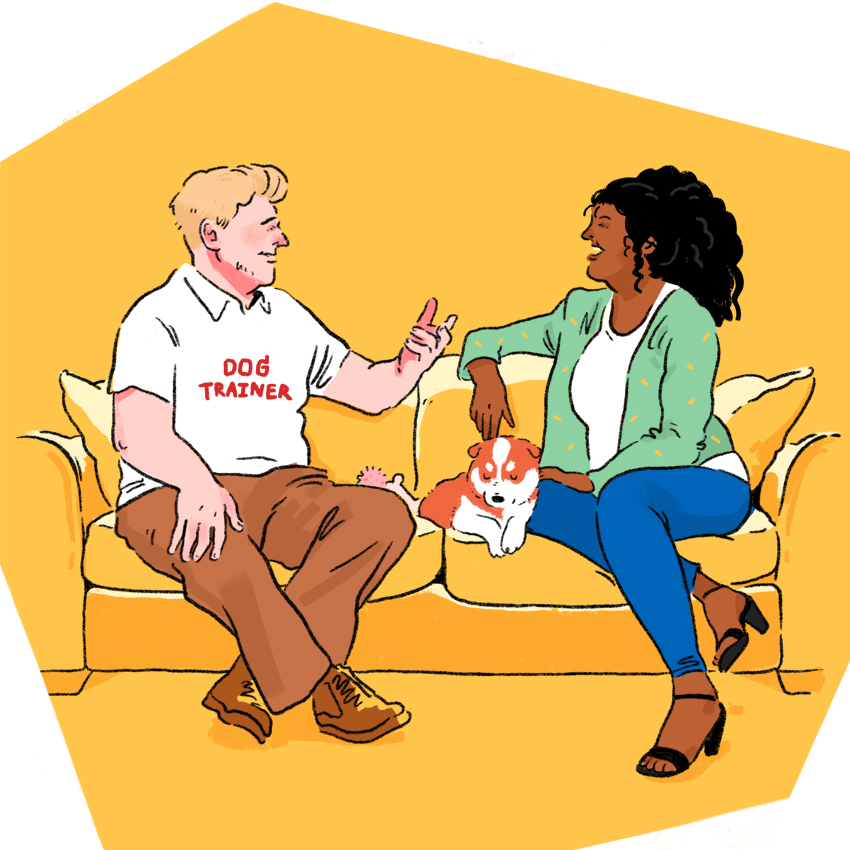
We are in the age of information, so when it comes to dealing with your puppy’s leash reactivity, there are plenty of books, websites, and services to help you out. It could be as easy as asking your friend or vet which steps to take, looking for videos on the web, or enrolling your dog in a class with your local dog trainers.
Whatever the case may be, you can feel at ease knowing that others have been in your position before. All you have to do is reach out for help.
Dealing With Leash Reactivity May Be Difficult, But Don’t Give Up
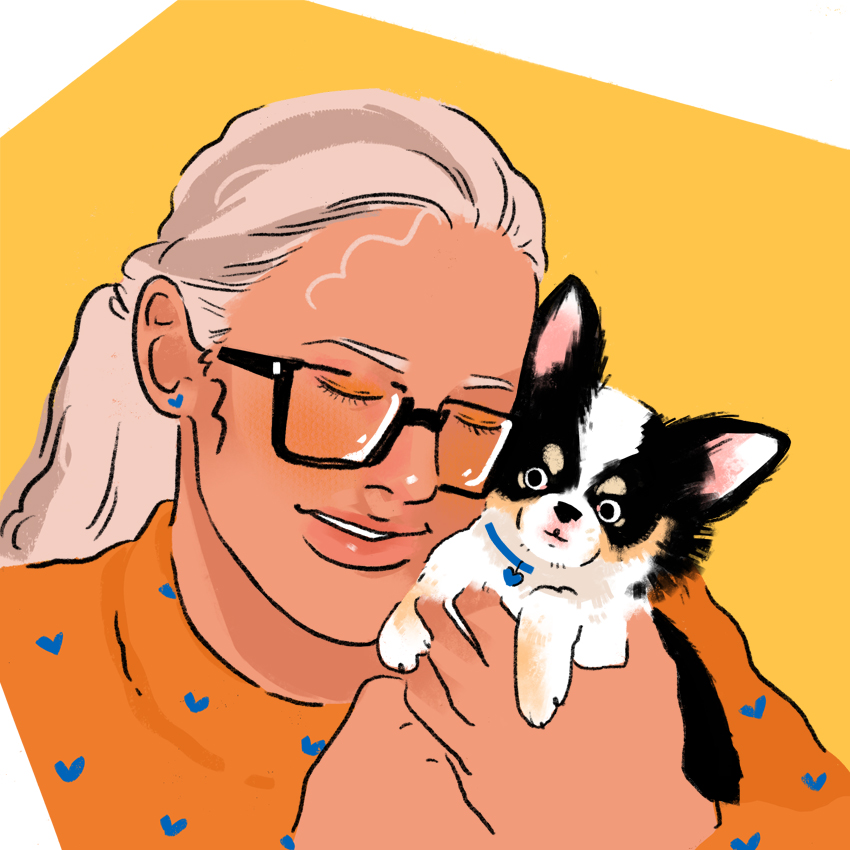
Some say it takes 10,000 hours to achieve excellence. Hopefully, you can get a handle on your puppy’s leash reactivity in far less time than that. But when it comes to dog training of any sort, be prepared for a marathon, not a sprint.
Go into the process with an open mind, and don’t look for a quick fix. You’re trying to relieve your dog's fears and anxieties, not teach a new trick. The process might take weeks or months, so go at a steady pace, and don’t quit the first time something doesn’t work.
Your dog thrives on routine and engagement, and even if you hit some bumps in the road, keep calm, stick to the lessons, and move forward while letting your pup know that you’re not going to give up.


